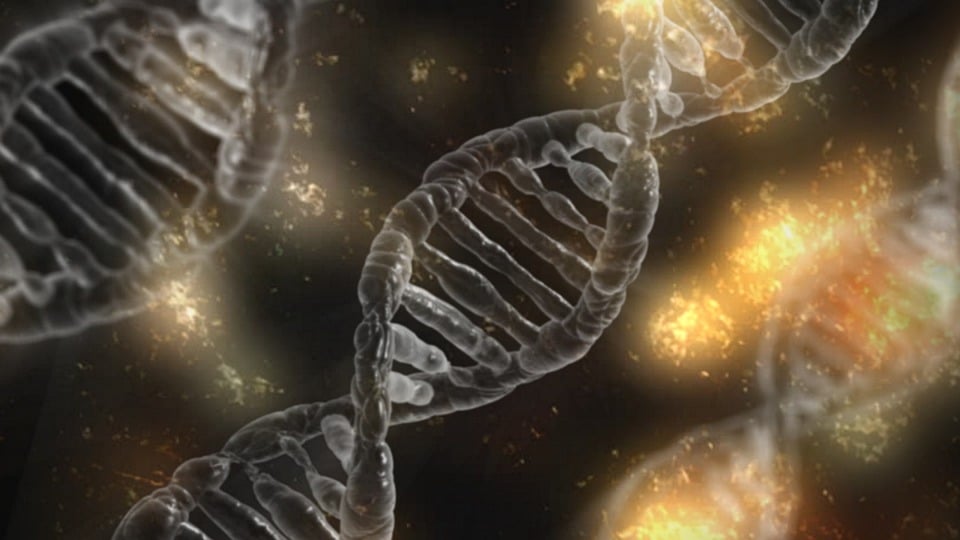
An international team of researchers at the Centre for Palaeogenetics has made a groundbreaking discovery, uncovering microbial DNA preserved in woolly and steppe mammoth remains dating back more than one million years. This remarkable find, published in the journal Cell, reveals some of the oldest microbial DNA ever recovered and identifies bacteria that may have caused diseases in mammoths.
The Centre for Palaeogenetics, a collaboration between Stockholm University and the Swedish Museum of Natural History, analyzed microbial DNA from 483 mammoth specimens, with 440 sequenced for the first time. Among these was a steppe mammoth that lived approximately 1.1 million years ago. Using cutting-edge genomic and bioinformatic techniques, the research team was able to differentiate microbes that coexisted with the mammoths from those that colonized their remains post-mortem.
“Imagine holding a million-year-old mammoth tooth. What if I told you it still carries traces of the ancient microbes that lived together with this mammoth? Our results push the study of microbial DNA back beyond a million years, opening up new possibilities to explore how host-associated microbes evolved in parallel with their hosts,” said Benjamin Guinet, a postdoctoral fellow at the Centre for Palaeogenetics and lead author of the study.
Unveiling Ancient Microbial Lineages
The research identified six microbial groups consistently associated with mammoth hosts, including relatives of Actinobacillus, Pasteurella, Streptococcus, and Erysipelothrix. Some of these microbes are suspected to have been pathogenic. Notably, a Pasteurella-related bacterium identified in the study is closely related to a pathogen responsible for fatal outbreaks in African elephants. Given that African and Asian elephants are the closest living relatives of mammoths, these findings raise intriguing questions about the susceptibility of mammoths to similar infections.
In a remarkable achievement, the team reconstructed partial genomes of Erysipelothrix from a 1.1-million-year-old steppe mammoth, representing the oldest known host-associated microbial DNA ever recovered. This pushes the boundaries of what researchers can learn about the interactions between ancient hosts and their microbiomes.
“As microbes evolve fast, obtaining reliable DNA data across more than a million years was like following a trail that kept rewriting itself. Our findings show that ancient remains can preserve biological insights far beyond the host genome, offering us perspectives on how microbes influenced adaptation, disease, and extinction in Pleistocene ecosystems,” explained Tom van der Valk, senior author and researcher at the Centre for Palaeogenetics.
A New Perspective on Extinct Ecosystems
Although the exact impact of the identified microbes on mammoth health remains challenging to ascertain due to DNA degradation and limited comparative data, the study provides an unprecedented glimpse into the microbiomes of extinct megafauna. The results suggest that some microbial lineages coexisted with mammoths for hundreds of thousands of years, spanning wide geographic ranges and evolutionary timescales, from over one million years ago to the extinction of woolly mammoths on Wrangel Island about 4,000 years ago.
“This work opens a new chapter in understanding the biology of extinct species. Not only can we study the genomes of mammoths themselves, but we can now begin to explore the microbial communities that lived inside them,” stated Love Dalén, Professor of Evolutionary Genomics at the Centre for Palaeogenetics.
Implications and Future Research
The discovery of ancient microbial DNA in mammoth remains not only provides insights into the health and diseases of these prehistoric giants but also offers a new window into the ecosystems they inhabited. The ability to study host-linked microbial DNA from such ancient times could revolutionize our understanding of evolutionary biology and the complex interactions between hosts and their microbiomes.
As researchers continue to refine genomic and bioinformatic techniques, the potential for uncovering more about the ancient world grows. Future studies may delve deeper into the evolutionary pathways of these microbes and their roles in the lives and eventual extinction of their mammoth hosts. This research marks a significant step forward in paleogenetics, opening the door to new discoveries about the past and its enduring influence on the present.







